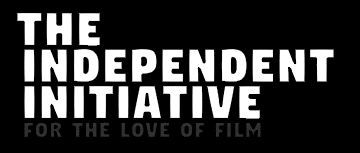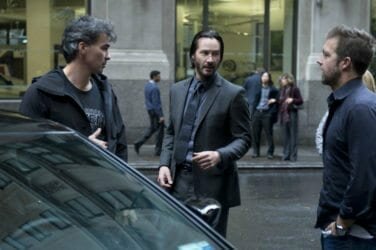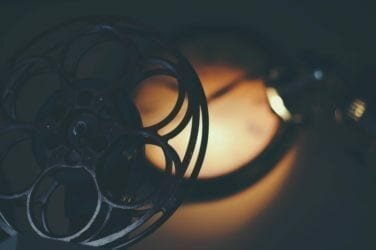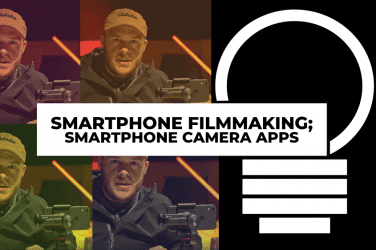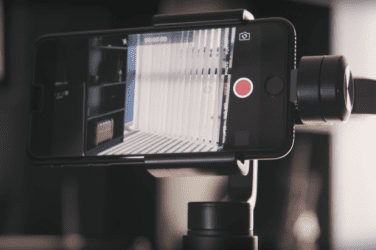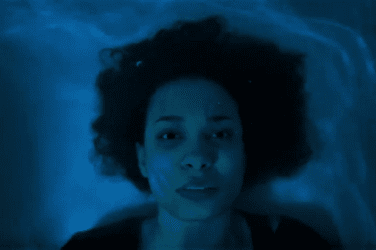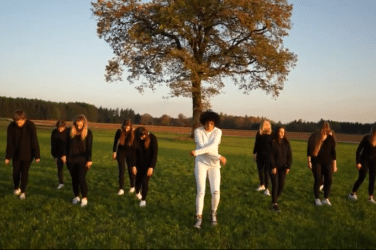If you want to know how to make movies the right way, then you need to know how to use a technical storyboards.
I’ve met many a young, aspiring filmmaker who thought they were the same as the normal storyboard, a drawing of what you’ll see on each shot of the film. This isn’t true. Technical storyboards are a birds-eye view of where you’re placing the camera to capture what’s on a storyboard.
If you want to know more about a normal storyboard and the two different ways you can use them, read this.
Technical Storyboards should be created with the Storyboard in mind, so if you haven’t created these yet, you might want to start there. It helps to have the Storyboard right in front of you while you’re creating the Technical Storyboard.
The easiest way to create a Technical Storyboard is by location and/or scene. If it’s a short film with only one location, then you’ll definitely want to break it down by scenes. But for most short films, keeping it to location should be fine.
Remember, a Technical Storyboard is the birds-eye view of your location and the camera setups you want to replicate to achieve your Storyboards. It should include the placement of the camera, person and any major equipment. If the camera or person moves, it should show this movement too.
Some people may think that having a Technical Storyboard is a waste of time. But let me tell you, one minute spent in pre-production will save you at least 15 minutes in production, sometimes more!
Having a Technical Storyboard helps different departments keep clear communication on the day too.
So how do you make one? Well if you’re on a very limited budget – meaning you’ve got zero to spend, all you need it a blank piece of paper and a pencil. OR you could use the template we’ve added to this article.
For each location (or scene) you’ll make a Technical Storyboard. Avoid drawing lots of detail. The only set dec pieces you should include are ones that will really affect where you can set up the shot.
I recommend you label each setup to help make things just that bit clearer and make sure you have your normal Storyboards right there to give you an idea of where the camera needs to go.
The best part of a Technical Storyboard is how it helps you avoid crossing the axis. In other words, it helps you avoid breaking your camera continuity.
Here’s a sample.

When creating your own Technical Storyboards you can be as detailed with the labeling as you want. For the example above, I kept it simple, but if you wanted you could add numbers for the order of the setups. So then each of those little circled numbers could look like this: 1.1, 1.2, 1.3 etc. I had one student who even color coded the scenes to help them stand out on the page that touch more.
I hope this has given you clarity on how to create a Technical Storyboard. If you’re still confused or just have more questions feel free to sound off in the comments below. Otherwise, get out there independent filmmakers and make your movies!


